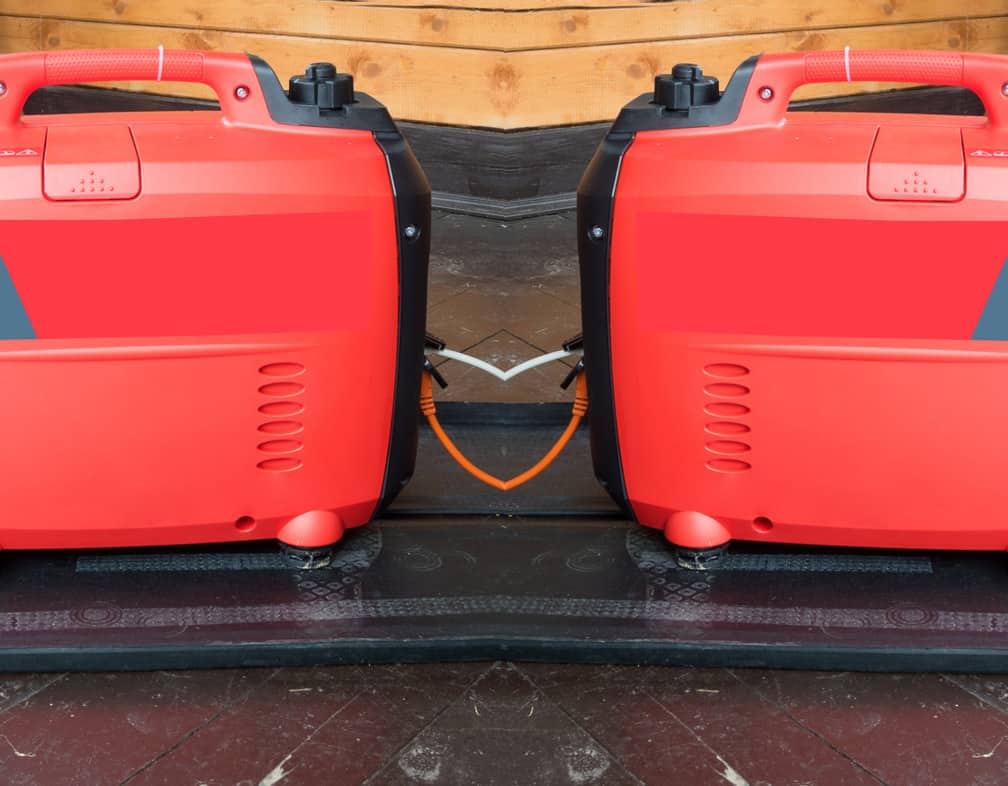Generator paralleling has emerged as a crucial solution in the modern power generation landscape, offering unprecedented flexibility and reliability for various applications. This article covers the intricacies of parallel generator operation, providing essential insights for newcomers and experienced users.
What is Generator Paralleling?
Generator paralleling represents a sophisticated approach to power generation, where two or more generators work in harmony to combine their output capacity. This synchronization goes beyond simply connecting units; it requires careful coordination of voltage, frequency, and phase alignment. When properly executed, paralleling creates a robust power solution that maintains the portability advantages of smaller units while delivering the output capacity of larger systems.
Technical Requirements and Compatibility
The foundation of successful generator paralleling lies in understanding technical compatibility. Modern inverter generators lead the way in parallel operation capabilities, featuring built-in synchronization technology that simplifies the connection process. However, not all generators are created equal when it comes to paralleling. The key to successful operation is matching electrical characteristics and ensuring proper communication between units.
Compatibility extends beyond mere voltage matching. Frequency synchronization, phase alignment, and load-sharing capabilities must all align for safe and efficient operation. While some manufacturers offer cross-brand compatibility, optimal performance typically comes from pairing generators from the same manufacturer and model line.
Setting Up Parallel Operation
The setup process requires methodical attention to detail and proper preparation. Before attempting to parallel generators, operators must ensure their equipment meets all necessary specifications for safe operation. This preparation phase includes verifying that all generators are in good working condition, properly maintained, and equipped with compatible parallel ports.
While straightforward with modern equipment, the physical connection process demands careful attention to proper cable routing and secure connections. Proper grounding becomes especially critical in parallel operations, as it helps prevent dangerous voltage differences between units and ensures safe operation under various load conditions.
Practical Applications and Real-World Usage
Parallel generator systems shine in numerous real-world scenarios. For RV enthusiasts, parallel operation provides the flexibility to scale power capacity based on specific needs, whether running air conditioning units or powering multiple appliances simultaneously. Construction sites benefit from the ability to distribute power sources strategically while maintaining the portability needed for dynamic work environments.
In emergencies, parallel generators can provide crucial backup power for homes during extended outages. As discussed in our guide to portable power for medical devices, the ability to power essential medical devices becomes particularly important. Additionally, event planners and mobile vendors appreciate the scalability and redundancy offered by parallel systems.
Safety and Operational Considerations
Safety remains paramount in parallel generator operation. Proper installation of manufacturer-approved parallel kits forms just the beginning of safe operation. Operators must maintain constant awareness of load distribution and total power draw to prevent overloading either generator. Proper ventilation becomes even more critical when operating multiple units in close proximity.
Load management in parallel systems requires understanding both individual and combined generator capabilities. For detailed insights into power output considerations, our guide to the power output of portable generators provides essential information. Successful operation depends on maintaining balanced loads between units while ensuring neither generator exceeds its individual capacity.
Advanced System Integration and Management
Modern parallel generator systems often incorporate sophisticated control systems that automate many aspects of operation. These systems monitor phase alignment, frequency synchronization, and load sharing in real-time, making adjustments as needed to maintain optimal performance. Understanding these control systems becomes crucial for operators managing more complex installations.
Proper system integration becomes essential when considering larger applications, such as powering your home during a blackout. Some users even explore advanced applications like using portable generators to charge electric cars, though this requires careful consideration of power requirements and system capabilities.
Troubleshooting and Maintenance
Effective troubleshooting begins with understanding common issues that can affect parallel generator operation. Connection problems often stem from loose or damaged cables, while performance issues might indicate deeper synchronization problems. Regular maintenance and inspection of both generators and parallel kit components help prevent many common issues before they arise.
Best Practices for Long-Term Success
Success with parallel generator systems relies heavily on establishing and following proper maintenance and operation procedures. Regular testing ensures systems remain ready for use when needed, while detailed documentation helps track performance trends and maintenance needs over time. Operators should develop comprehensive maintenance schedules that address individual generator needs and parallel system components.

Leave a Reply